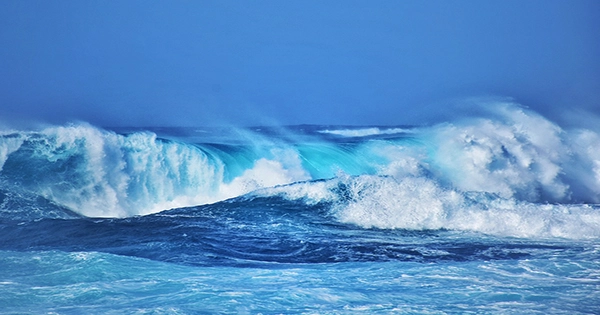1 December, Paris, France (ANI): A recent study led by Maria Luiza Pedrotti of Sorbonne University and released on November 30 in the open-access journal PLOS ONE found that the Mediterranean Sea is home to roughly 200 different types of bacteria, including one that can make people sick with food poisoning.
The most prevalent sort of particle in the water is now a combination of synthetic and natural microfibers that come from fishing, the textile industry, and plastic waste. These microfibers pose a threat to aquatic ecosystems and human health because they smell like food and are eaten by marine creatures after becoming colonized by bacteria. Microfibers are likely to build up in marine organisms as they move up the food chain due to their tenacity.

To identify the sorts of bacteria present on floating microfibers, researchers used sophisticated microscopy methods and DNA sequencing to find microorganisms residing on microfibers collected from the northwest Mediterranean Sea. They determined that 2,600 cells on average make up each microfibre. These cells come from 195 distinct bacterial species, including the potentially fatal Vibrio parahaemolyticus, which causes shellfish poisoning.
In the Mediterranean Sea, pathogenic Vibrio species have not before been discovered on microfibers. Because the bacterium can make swimming and eating shellfish dangerous, the discovery is important for determining health hazards.
The study also addresses the topic of microfibers’ effects on the environment. In comparison to naturally occurring, short-lived particles like wood or sediments, the amount of persistent plastic waste in the environment increases the risk of contamination by spreading dangerous bacteria and other contaminants across the ocean.
To identify the sorts of bacteria present on floating microfibers, researchers used sophisticated microscopy methods and DNA sequencing to find microorganisms residing on microfibers collected from the northwest Mediterranean Sea. They determined that 2,600 cells on average make up each microfibre. These cells come from 195 distinct bacterial species, including the potentially fatal Vibrio parahaemolyticus, which causes shellfish poisoning.
















